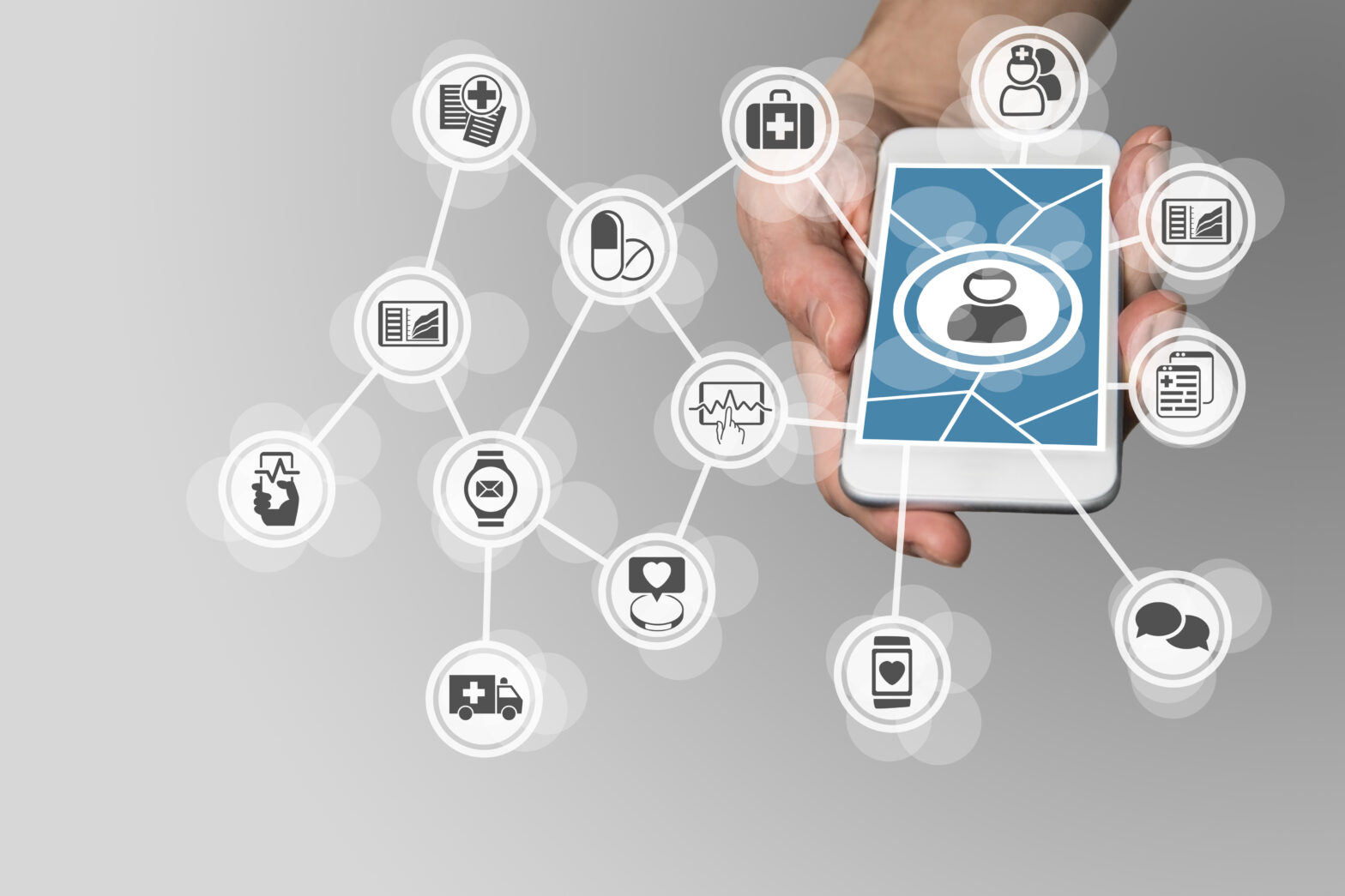According to a new research report from the IoT analyst firm Berg Insight, around 5.9 million people in Europe were using connected care solutions at the end of 2016. The figure refers to users of traditional telecare, next-generation telecare and telehealth solutions in the EU28+2 countries.
By 2022, Berg Insight forecasts that this number of connected care users will grow at a compound annual growth rate (CAGR) of 18.7% to reach 16.5 million.
Traditional telecare is currently the largest and most mature of the three market segments, but the next-generation telecare and telehealth market segments are expected to have a higher growth rate while traditional telecare is being phased out.
>See also: The next necessary step in healthcare: remote mobile solutions
Berg Insight expects that traditional telecare will be overtaken by next-generation telecare as the largest segment of the connected care market with a forecasted 8.1 million users in 2022. However, traditional telecare will follow with 6.2 million users and telehealth with four million users at the end of the forecast period.
The European connected care industry is facing major changes that will reshape the competitive environment for solution vendors and service providers during the coming years.
One of the main developments is the digitalisation of telephone networks that already has started in several countries. Massive replacements of telecare equipment will be needed due to that analogue devices no longer function reliably when the PSTN infrastructure is modernised.
>See also: How digital health could revolutionise the mental healthcare system
At the same time, the market is opening up to new types of solutions that can advance the delivery of care to the next level. This includes next-generation telecare systems that support functionalities such as remote visits and video communication.
“There is a strong need for solutions that enable social care and healthcare services to be delivered more cost-efficiently without compromising the quality of care”, said Anders Frick, senior analyst, Berg Insight.
He added that this need will only grow stronger in the future as the European population structure ages and the prevalence of chronic diseases increases.







